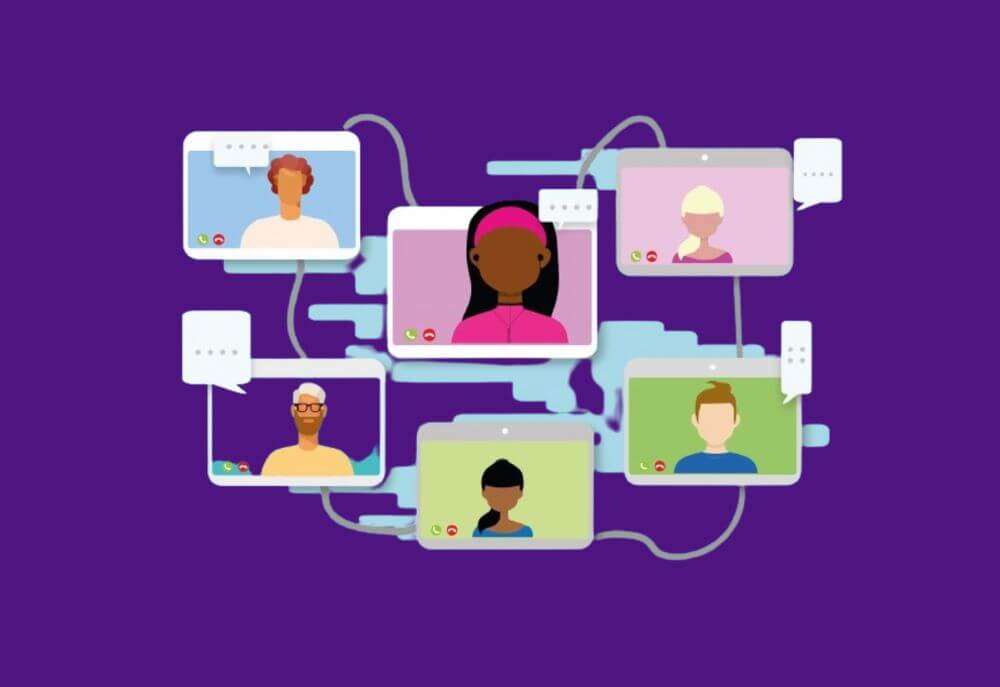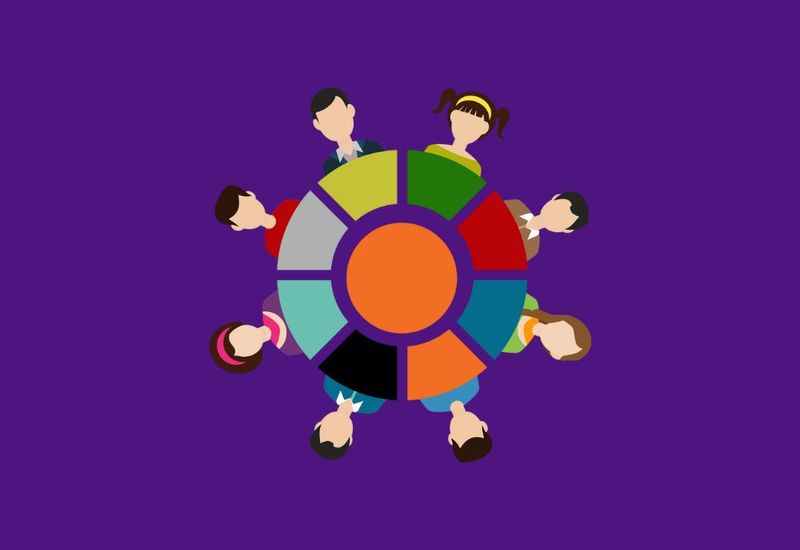In the intricate dance of human interaction, how we communicate conveys our thoughts and feelings and shapes our relationships and the outcomes of our conversations.
Mastering the art of communication is nuanced, requiring skills to navigate through different styles effectively.
From assertive to passive, aggressive to manipulative, understanding these diverse styles is a skill that can transform our approach to conversations, negotiations, and relationships.
Navigating the Spectrum of Communication Styles
This article explores the spectrum of communication styles, shedding light on the characteristics, benefits, and potential pitfalls, focusing on the manipulative communication style.
By enhancing our communication skills and adapting our approach to suit the context, we can navigate the complexities of human interaction with greater ease and success.
Assertive Communication
Assertive communication stands out as the most effective conversation style, embodying direct communication that is clear, honest, and respectful.
It involves expressing one’s own needs and feelings without trampling on those of others, fostering an environment of mutual respect and understanding.
This style is ideal for conflict resolution and building strong, healthy relationships.
Advantages:
- Encourages transparency and direct communication.
- Builds respect and trust between parties.
- Enhances self-esteem and interpersonal skills.
Drawbacks:
- May be misinterpreted as aggression without proper tone and body language.
- Requires confidence and practice to master.
Passive Communication
Passive communicators often prioritize others’ needs and preferences above their own, leading to a conversation style that avoids direct confrontation.
This approach can result in a buildup of unspoken frustrations, as passive communicators may struggle to express their true feelings and desires.
Advantages:
- Reduces the likelihood of immediate conflict.
- Can be perceived as accommodating and cooperative.
Drawbacks:
- Often leads to feelings of resentment or being overlooked.
- Hinders the development of assertive communication skills.
Aggressive Communication
With a focus on self-interests at the expense of others, aggressive communication damages relationships and escalates conflicts.
This conversation style is marked by demands and a lack of consideration for the feelings and rights of others, often lacking the skills for direct but respectful communication.
Advantages:
- Can achieve quick results in some situations.
- Displays confidence and assertiveness.
Drawbacks:
- Likely to harm relationships and trust.
- Can lead to increased resistance and conflict.
Passive-Aggressive Communication
This indirect style combines elements of passive and aggressive styles, leading to a conversation style that avoids direct confrontation while expressing dissatisfaction subtly.
Passive-aggressive communicators may agree outwardly while sabotaging or ignoring agreements in practice, leading to confusion and mistrust.
Advantages:
- Avoids direct confrontation.
- Expresses dissatisfaction subtly.
Drawbacks:
- Creates an atmosphere of mistrust and confusion.
- Ineffective for genuine conflict resolution.
Manipulative Communication
Manipulative communication is characterized by an intention to influence or control others through deceptive or indirect tactics.
This style relies on emotional manipulation, such as guilt-tripping or flattery, to achieve the communicator’s goals, often lacking direct communication skills.
Advantages:
- Can be effective for achieving personal goals in the short term.
- Utilizes emotional intelligence to influence outcomes.
Drawbacks:
- Damages trust and integrity in relationships.
- Leads to unhealthy dynamics and potential resentment.
Cultivating Cultural Insights for Effective Communication with Cultup
Adapting our communication style to the specific context of our interactions can significantly enhance the effectiveness of our communication.
This is where Cultup, an online app providing cultural insights, becomes invaluable, especially in structured settings like meetings or group discussions.
Cultup cultural insights help the meeting facilitator reflect before the meeting on the most beneficial communication style. By considering the unique dynamics and objectives of the meeting, the facilitator can select behaviors that align with the desired outcomes. This is facilitated through the use of skills and insights provided by Cultup, guiding the facilitator in setting the tone for the meeting.
For instance, if the goal is to foster innovation and explore how group solutions can be applied more broadly, the facilitator might choose a conversation style that is less rigid and more open. Cultup would suggest a need for direct communication, active listening, and a friendly, engaging demeanor, emphasizing the importance of making eye contact and genuinely considering everyone’s input.
Conversely, if the meeting aims to optimize a process, Cultup would guide the facilitator towards a more directive conversation style.
This approach focuses on giving clear instructions and ensuring adherence to established protocols, highlighting the importance of leadership and structure in achieving the meeting’s objectives.
Conclusion
Understanding and effectively applying different styles of communication is a crucial skill that can lead to more successful and fulfilling interactions.
By recognizing each style’s nuances and their impact, we can choose the most appropriate approach for each situation. Furthermore, incorporating cultural insights from Cultup and adapting our communication style to fit the specific context of our interactions can greatly enhance the effectiveness of our communication.
Whether fostering innovation or ensuring adherence to processes, the ability to tailor our communication approach, using skills for direct and respectful conversation, can lead to more productive outcomes and stronger relationships.



